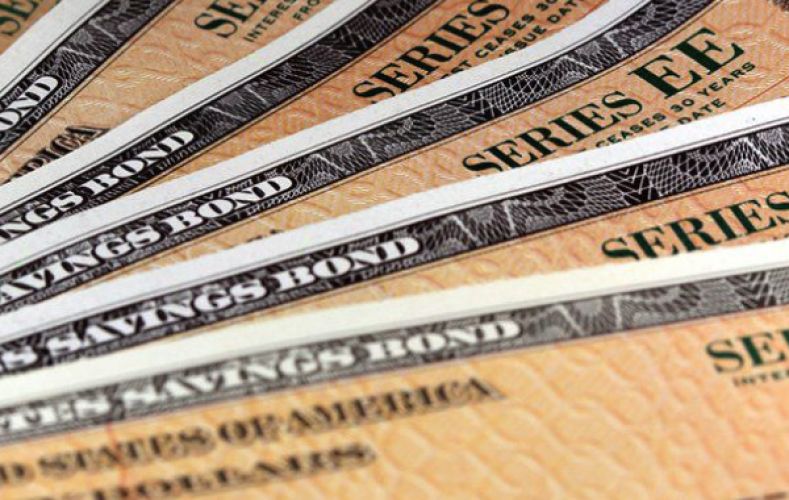Questions You Were Afraid to Ask #8

The only bad question is the one left unasked. That’s the premise behind many of our recent posts. Each covers a different investing-related question that many people have but are afraid to ask. Last time, we answered the question, “What’s the difference between the various types of bonds?” Now, we’d like to continue in that vein by answering:
Questions You Were Afraid to Ask #8:
What on earth do all these bond terms mean?
One common frustration investors have is dealing with all the terms and jargon used in the financial industry. Ever hear two Wall Street types talking? It can be like listening to a bad episode of Star Trek!
Bonds come with a lot of lingos which can be very intimidating for investors. So, in this message, let’s break down a few common terms you’re likely to hear in the media or when thinking about investing in bonds.
As we covered in our last message, when you buy a bond, you are lending money to an issuer. In return, the issuer promises to pay you a specified rate of interest on a regular basis, and then return the principal when the bond matures. In this paragraph alone, we can find four common terms: issuer, par value, coupon rate, and maturity.
Issuer: This is the entity that “issued” the bond to borrow money. Generally, issuers include local and state governments, the U.S. Treasury, and corporations. Whoever it is, it’s their responsibility to make interest payments and repay the amount you initially loaned. This brings us to:
Par Value: This is the amount that must be returned to the investor when the bond matures – essentially, the investor’s principal. (Many bonds are issued at a par value of $1,000.) Note that it doesn’t matter whether the bond matures in 10, 20, or 30 years. Whenever that time is up, the issuer would still pay back the initial par value. You may also occasionally see the term “face value” instead of par.
Coupon Rate: This is the bond’s interest rate, paid by the issuer at specific intervals. For instance, let’s say you owned a $1,000 bond with a 5% coupon rate. The issuer would then pay you $50 in interest each year until maturity. (Note that some bonds pay interest semiannually. In such cases, you would be paid $25 every six months, which of course equals the same $50 in interest per year.)
You may be wondering how coupon rates are determined. There are two main factors: the amount of time to maturity, and the credit rating of the issuer. Typically, bonds that take longer to mature come with higher rates. After all, investors want compensation for not getting their principal back until later. Conversely, bonds with shorter maturities usually pay lower interest rates. Furthermore, if the issuer has a low credit rating – meaning there is some risk that they may not be able to repay their creditors – they will usually pay higher interest rates to compensate for the additional risk.
So, why is it called a “coupon” rate? Once upon a time, investors were given actual, physical coupons to redeem to collect their interest payments.
Maturity: This term is simple. You’ve probably figured it out already. This is the amount of time until the bond is due to be repaid. A 10-year Treasury bond, for instance, matures 10 years from the date it was issued.
Rating: As mentioned, some issuers have higher or lower credit ratings. An issuer rating signifies the bond’s credit quality. Here in the United States, there are three main rating services: Standard & Poor’s, Moody’s Investor Services, and Fitch Ratings Inc. Each agency rates bonds based on the issuer’s potential ability to pay both interest and principal in a timely fashion.
Price: Hopefully, all these terms have been easy to understand, because here is where things get a little tricky. As you know, bonds can be traded on the open market. For example, let’s say Fred buys a bond, but before it matures, decides to sell it to Fran. The “price” is the amount for which the bond is traded. Sometimes, bonds trade at their par value, but they don’t have to be. For instance, imagine Fred bought his bond for $1000, but trades it to Fran for only $950. The bond’s price, then, is $950, and is said to be traded at a discount. On the other hand, if Fred trades it for $1,050, then Fran would be buying it at a premium.
Why would a bond’s price differ from its par value? Sometimes, due to rising or falling interest rates. For example, if interest rates around the country rise above what they were when the bond was issued, that bond would no longer be as valuable. That’s because the old bond’s coupon rate would be lower than what an investor could get if they bought a new bond. Hence, if Fred wanted to sell his bond before maturity, he would have to do so at a discount.
There is one final bond-related term you should know – yield. In fact, this is probably the one you’re most likely to hear about in the media. Unfortunately, it’s also a little too complex to define in a paragraph or two, so it’ll be the sole subject of next month’s letter.
In the meantime, we hope this message helped demystify some of the lingo around bonds. As you can see, most of these terms aren’t really that complex once you translate them into plain English. Have a great day!